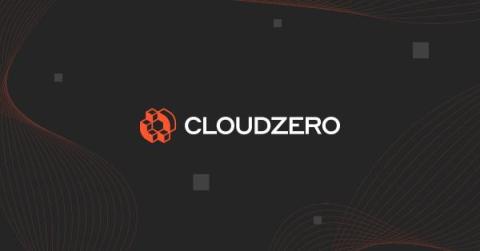What Is Cloud Scalability? Benefits And Tips For Every Organization
One of the major benefits of choosing the cloud over on-premise architecture is the ability to easily and quickly scale — but what does scalability mean in cloud computing? If your business is in the process of growing, it’s important to know your technology options so you can make informed decisions on how to scale. In this article, we cover scalability in cloud computing, its benefits, and more. Let’s get to it!




